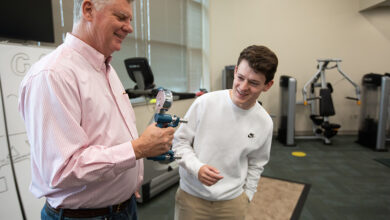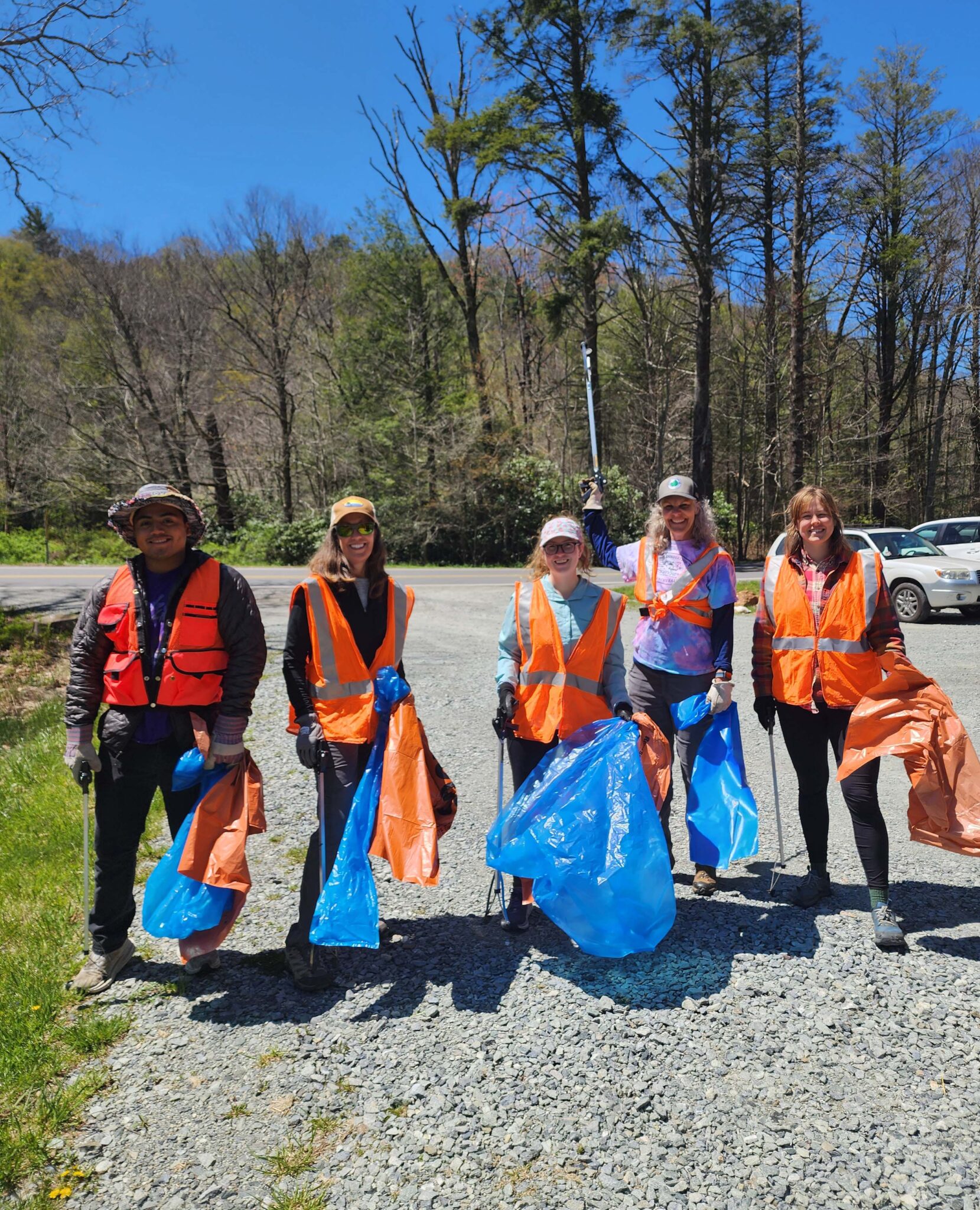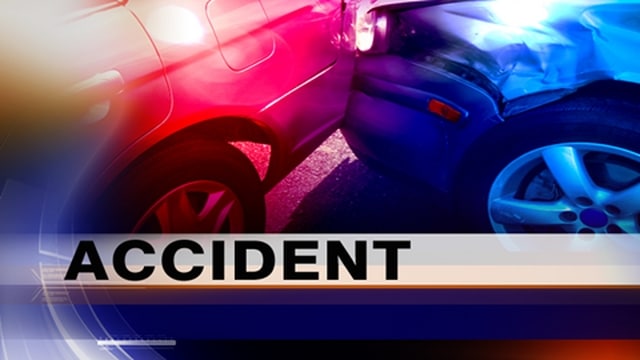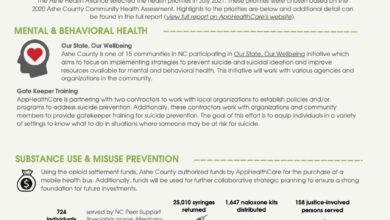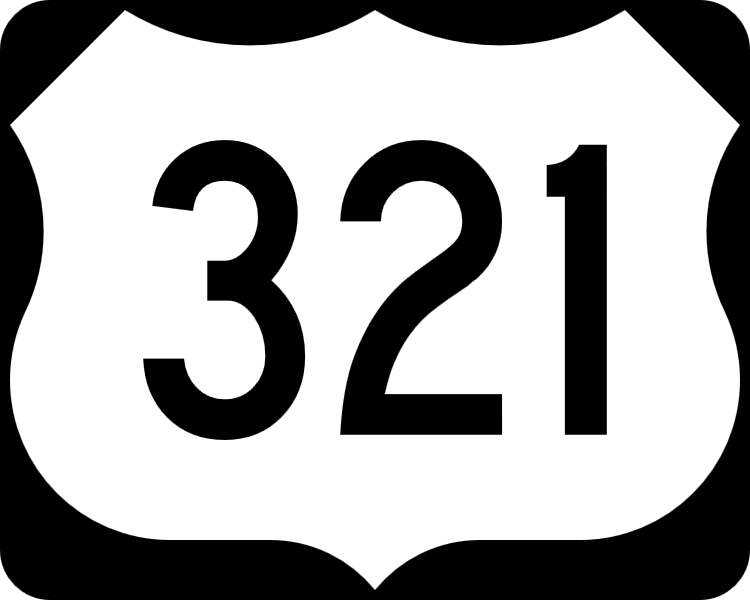Last Updated on November 2, 2018 8:08 am
RALEIGH – It’s time to turn back clocks this weekend as daylight saving time for 2018 comes to an end. The annual rewind officially takes place at 2 a.m. on Sunday, Nov. 4, when clocks should be re-set to 1 a.m. and will be in effect until Sunday, March 10, 2019.
Drivers, cyclists and pedestrians need to stay alert and exercise caution as we lose an hour of daylight in the evening. The onset of early darkness means that some previously bright commutes will now be navigated at dusk or even darkness.
There are many easy tips to improve your safety during this time of transition. The easiest precaution is to make sure your vehicle’s headlights are on. Drivers also need to watch other vehicles, and be on the lookout for pedestrians, cyclists and deer on or along the roadways. A strong recommendation for walkers, runners and bike riders is to carry a light to illuminate their path and warn oncoming vehicles of their presence, and to wear bright, reflective clothing.
Other tips include:
-
Protect your eyes from the glare of bright nighttime lights – give them time to adapt to darkness before driving, especially as you get older;
-
Make sure your headlights and windshield (including the inside) are cleaned off and clear;
-
Make sure your rearview mirror is set to the “night” setting when appropriate to avoid intense headlight glare;
-
Check that your headlights are properly aimed. If they’re pointing the wrong way, they can blind other drivers on the road and reduce your own vision;
-
When going east in the morning or west in the afternoon, make allowance for extra travel time as you may be dealing with sun glare as the sun rises and sets;
-
Exercise caution by slowing down to leave more space between your vehicle and the one in front of you, especially on poorly lit or winding roads. Remember that the faster you go, the less reaction time you will have to avoid a collision with another vehicle, cyclist, pedestrian or animal;
-
Don’t wear your sunglasses at dusk or any other time when they’re not necessary;
-
Keep in mind that that high beams can blind an approaching driver, cyclist or pedestrian, so remember to quickly switch to low beams in that situation; and
-
If you are blinded by the lights on an oncoming vehicle, a tip is to look down and toward the right edge of the road.
-
Pedestrians should walk facing oncoming traffic, so they can more readily see approaching vehicles;
-
Cyclists should travel in the same direction as other vehicles;
-
Not only wear brightly-colored or even reflective/fluorescent clothing, but also put reflective strips on items you may be carrying to make yourself as visible as possible;
-
When crossing at a traffic signal, remember to look both right and left. Remain vigilant and don’t just depend on the light or a crosswalk signal to assume it is safe to cross; and
-
Always use a crosswalk when available, and avoid void jaywalking, and crossing a road between parked vehicles.






